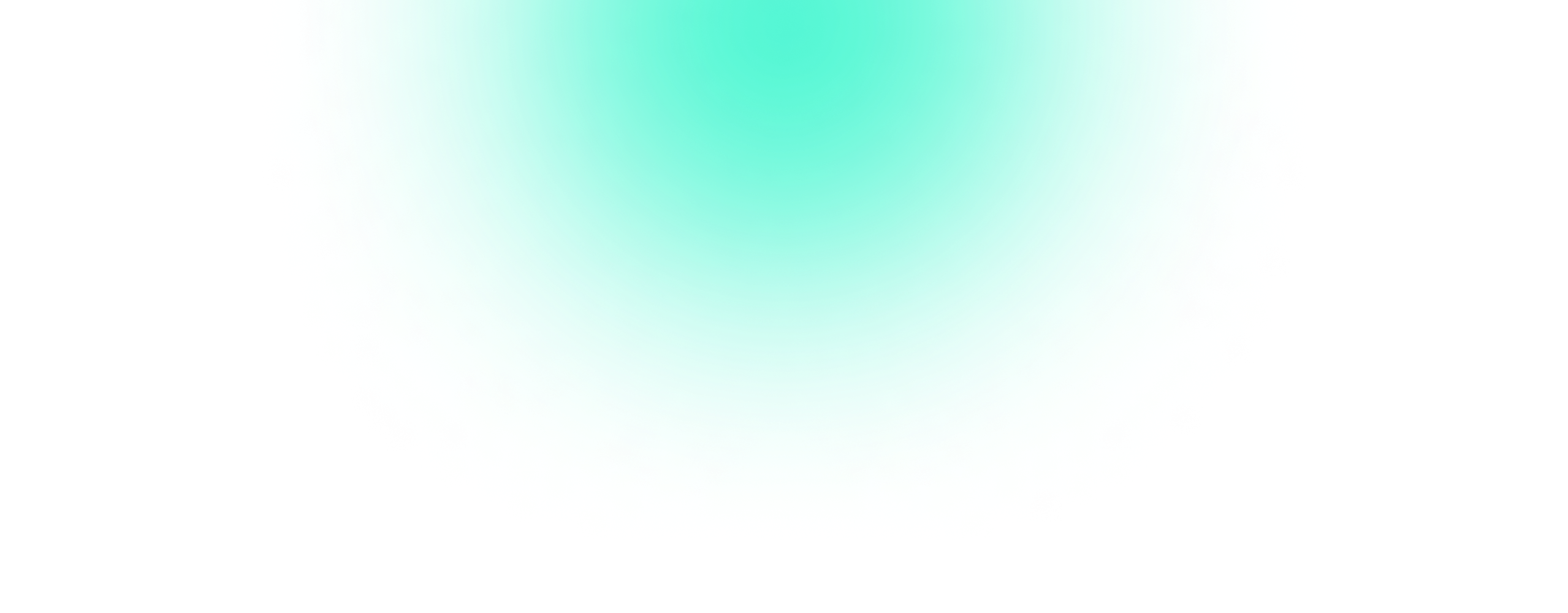The technology and web world is fast moving and constantly changing, meaning it can be hard to keep up to date with the constant development and changing trends that are happening. As 2017 approaches, it’s time to start thinking about what’s next for the web and UI design and what you need to be implementing in the upcoming year.
Immersive Image and Video
Images and videos are always more likely to grab your audiences attention and is something that is becoming more prevalent in website design. You might have noticed more and more websites using large, full screen images and videos in their headers and homepages. While conventional imagery won’t go away anytime soon, large single use images instantly grab attention and yet still portray a message to their audience, as well as a means of storytelling.
Illustrations
Illustrations show off a sense of personality that can be hard to achieve through stock imagery and traditional photos. By using custom illustrations that work inline with your brands identity, it means that brands can create their own image, tone and personality that instills authenticity and trust in their brand. Illustrations can work for a number of businesses, from sleek, sharp illustrations to hand drawn, playful images, illustrations can open up plenty of opportunities and convey your own message in a way that cannot be done through other image types.
Long Scrolling
While scrolling itself isn’t a trend the idea of long scrolling and infinite scrolling has become increasingly popular in recent years, particularly on desktop and large screen devices. As people have become more used to scrolling to find content, more web designers have started incorporating long scrolling into their designs, allowing users the chance to scan large volumes of text in one fluid motion. This versatile mechanic can work for a number of website types, from news websites to restaurant websites through to landing pages and gaming sites.
Microinteractions
Microinteractions are typically small, on screen animations that play a key role in both UI and UX design. Microinteractions may be small but they are entertaining animations and transitions that can show users what they need to do or what they might have done. A key example of a microinteraction is the ‘Like’ feature on social media websites such as Facebook and Twitter. In one small animation, users can be informed that their action has taken place and completed.
There are a number of trends we’re likely to see in the upcoming year, from more focus on the above trends to focus on colour types and typography, while they might not all be relevant to your project or website, it’s important to keep up with current trends in order to stay modern and keep your designs innovative, stylish and relevant.








